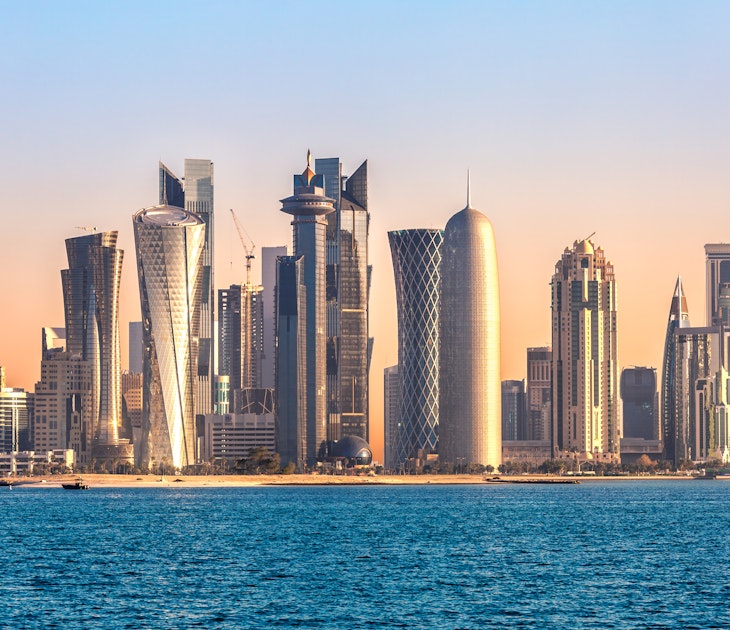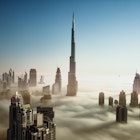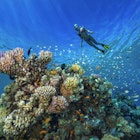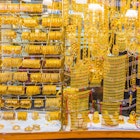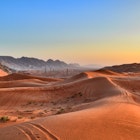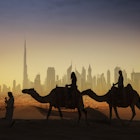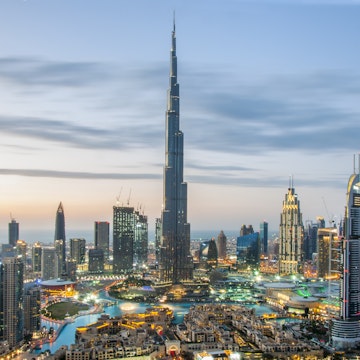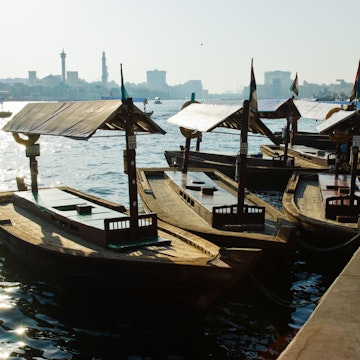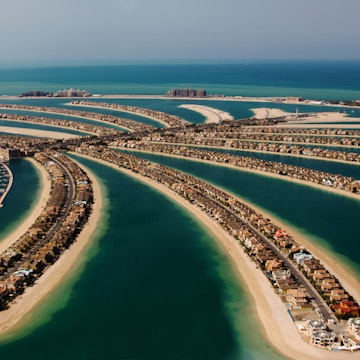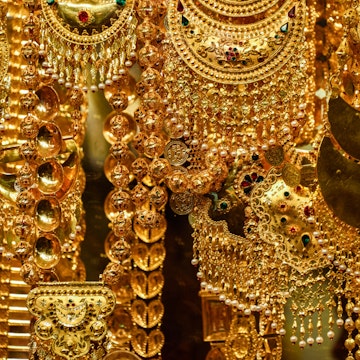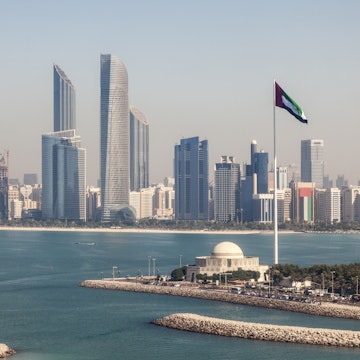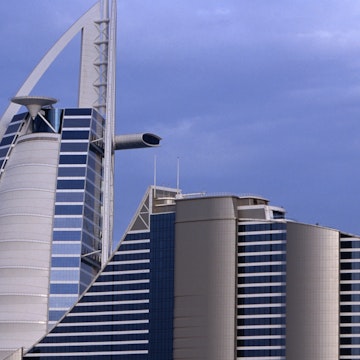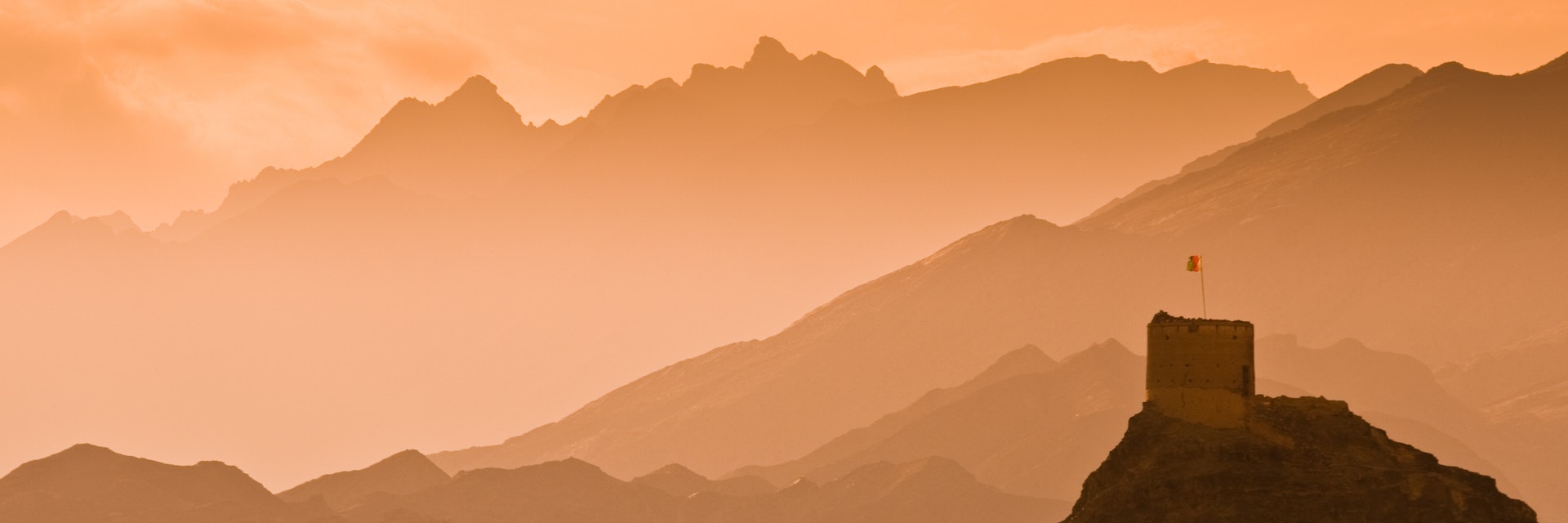
Getty Images
Attractions
Must-see attractions
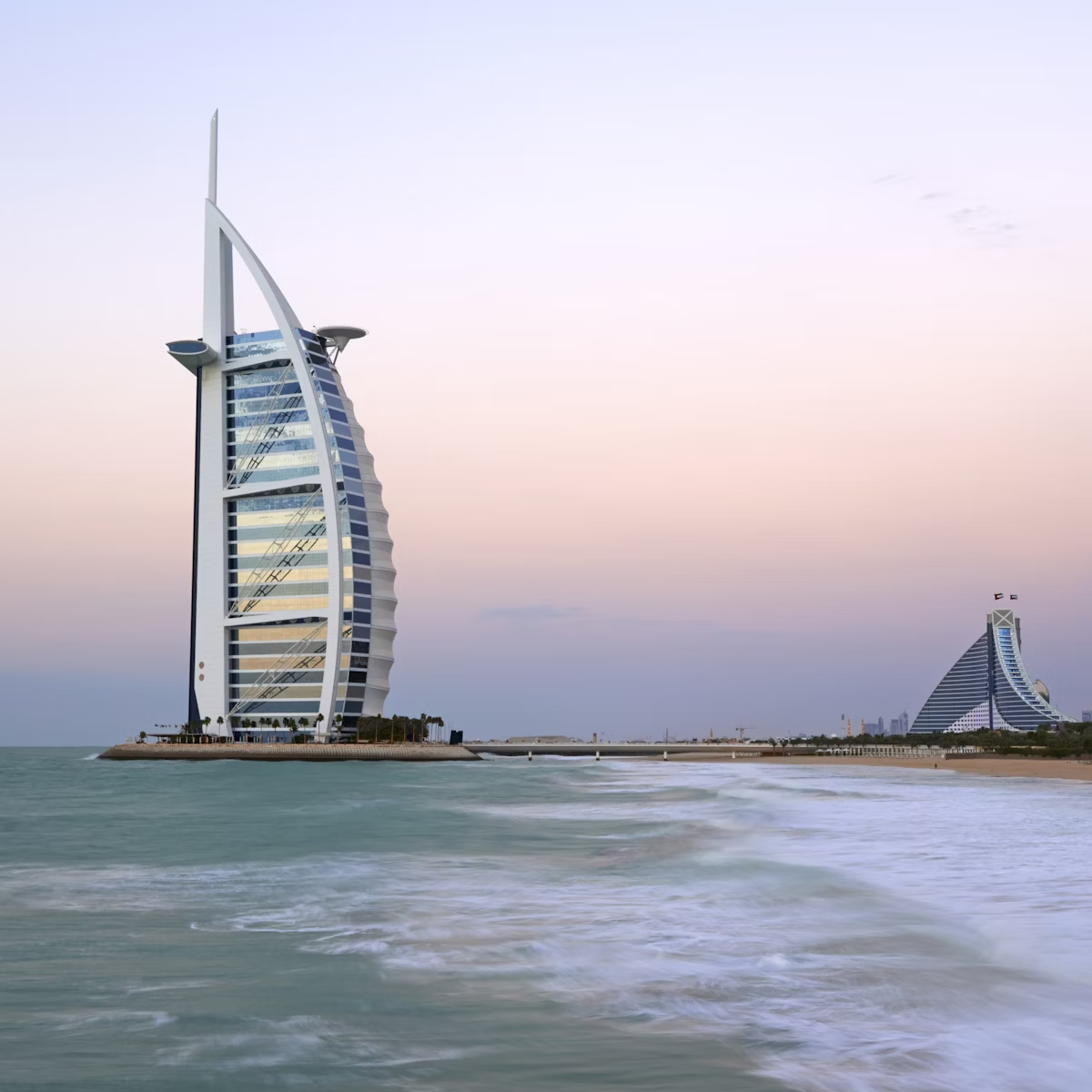
Dubai
The Burj Al Arab's graceful silhouette – meant to evoke the sail of a dhow (a traditional wooden cargo vessel) – is to Dubai what the Eiffel Tower is to…
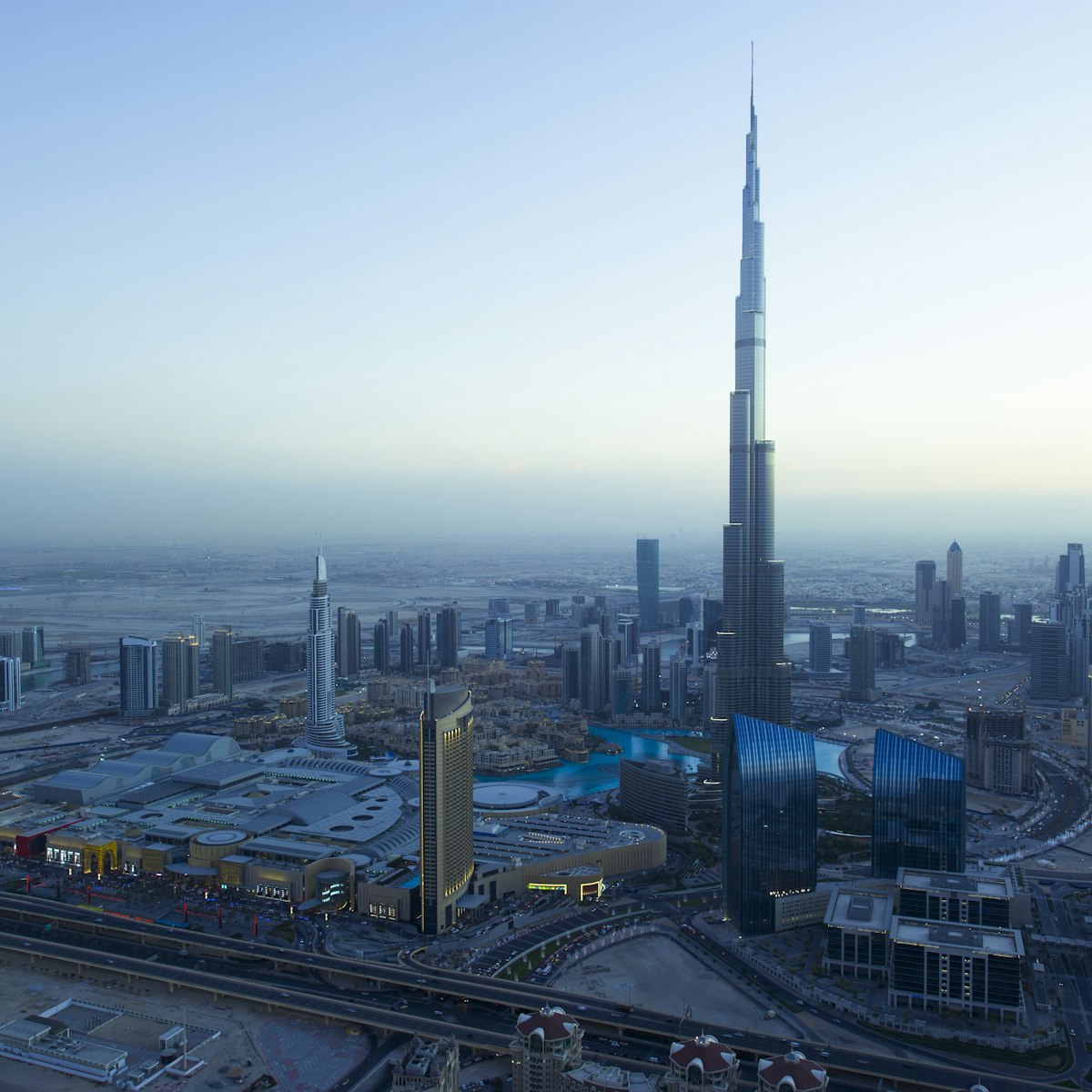
Downtown Dubai
The Burj Khalifa is a stunning feat of architecture and engineering, with two observation decks on the 124th and 148th floors and a restaurant-bar on the…
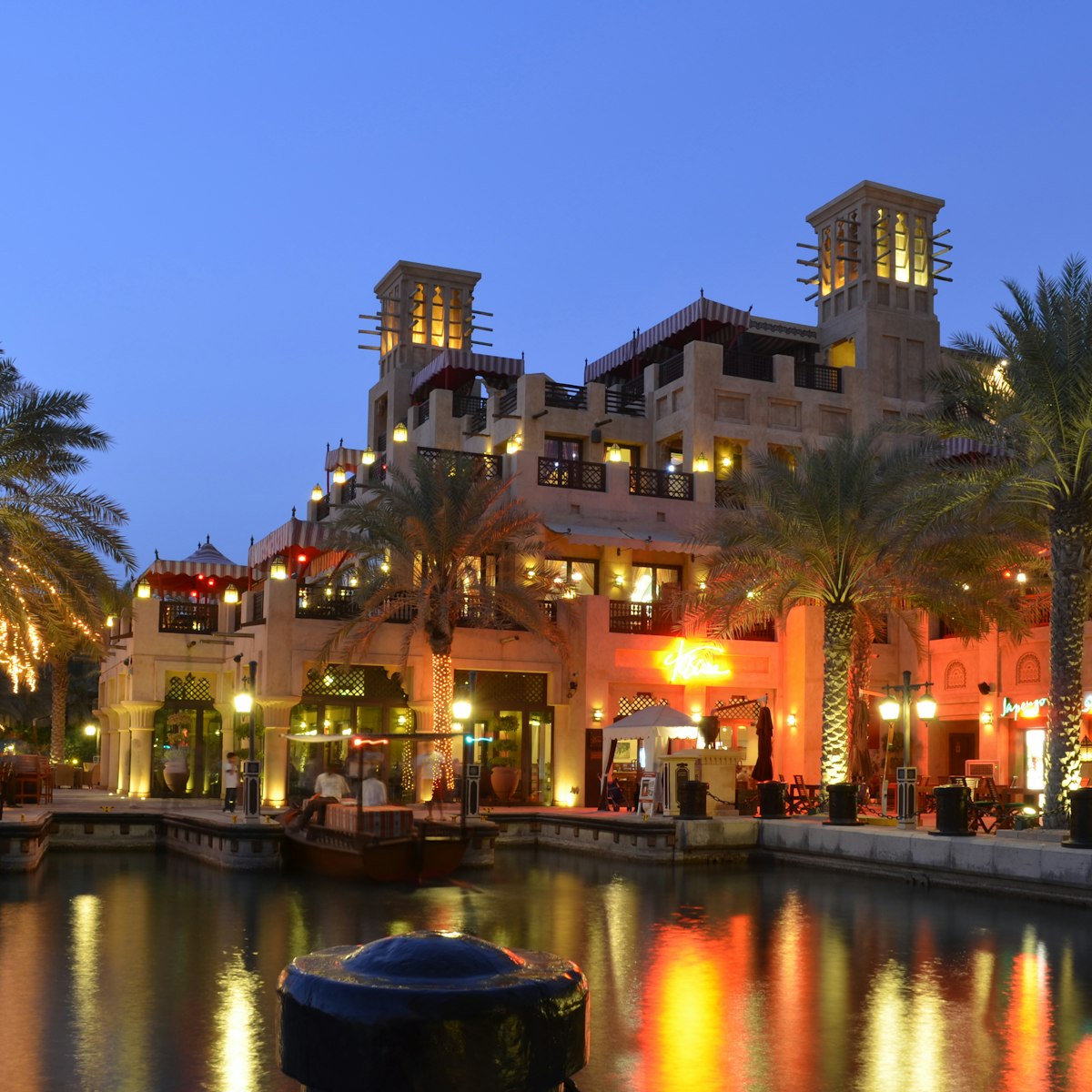
Dubai
One of Dubai’s most attractive developments, Madinat Jumeirah is a contemporary interpretation of a traditional Arab village, complete with a souq (market…
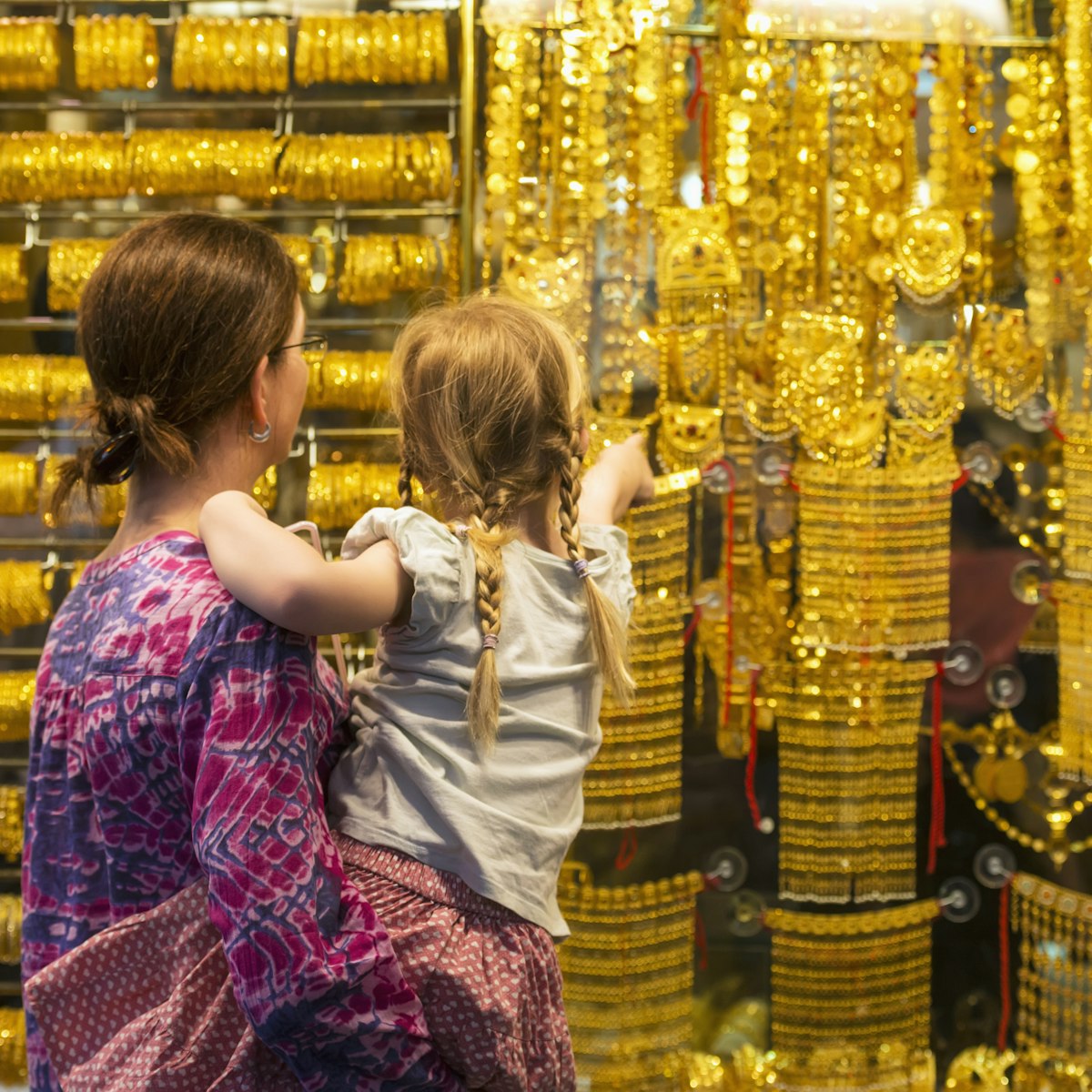
Deira
All that glitters is gold (and occasionally silver) along this covered arcade where dozens of shops overflow with every kind of jewelry imaginable, from…
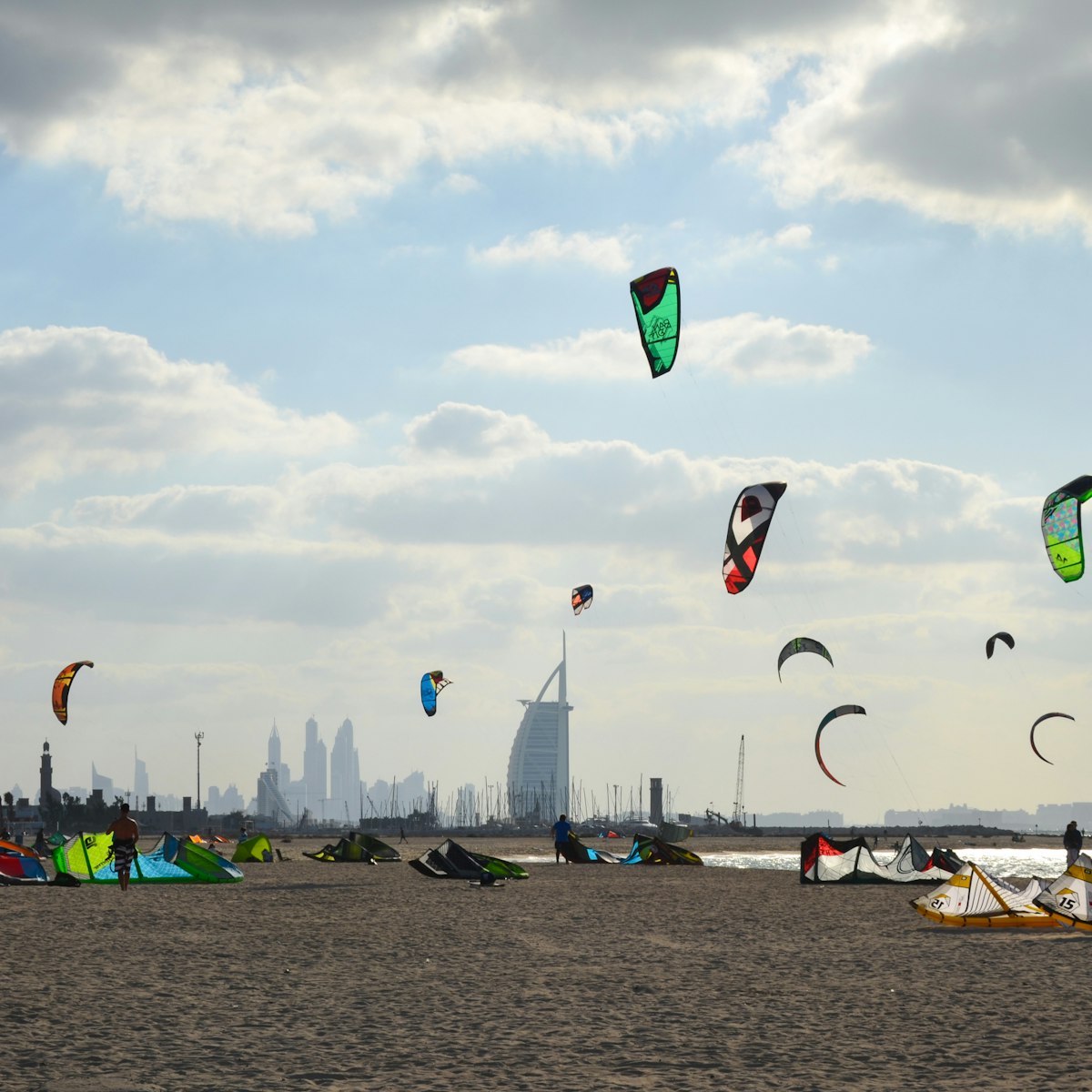
Dubai
This long, pristine stretch of white sand, a little way north of Jumeirah Public Beach, is a major draw for sporty types, with a range of activities on…
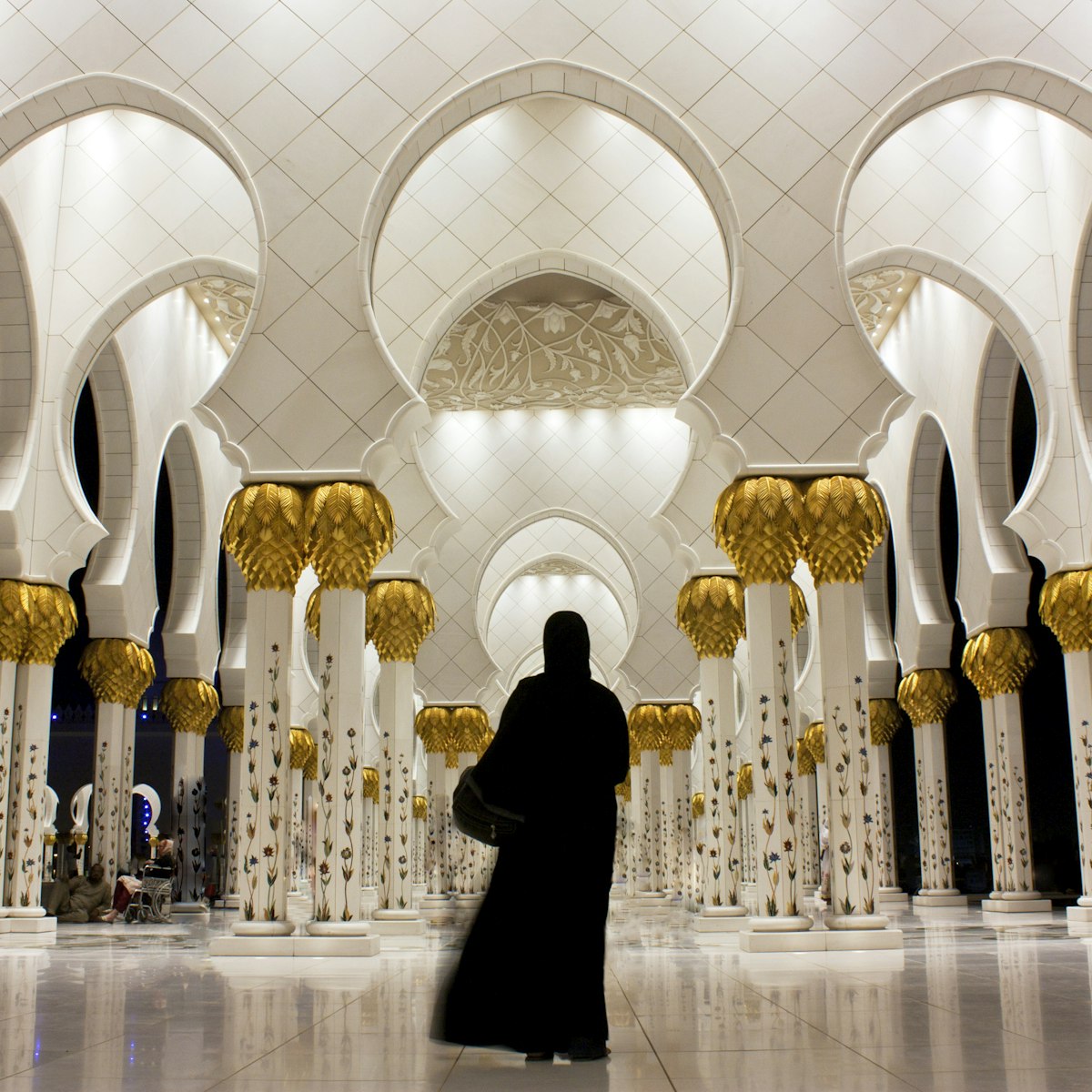
Sheikh Zayed Mosque Area
Rising majestically from manicured gardens and visible from the bridges joining Abu Dhabi Island to the mainland, the Sheikh Zayed Grand Mosque is an…
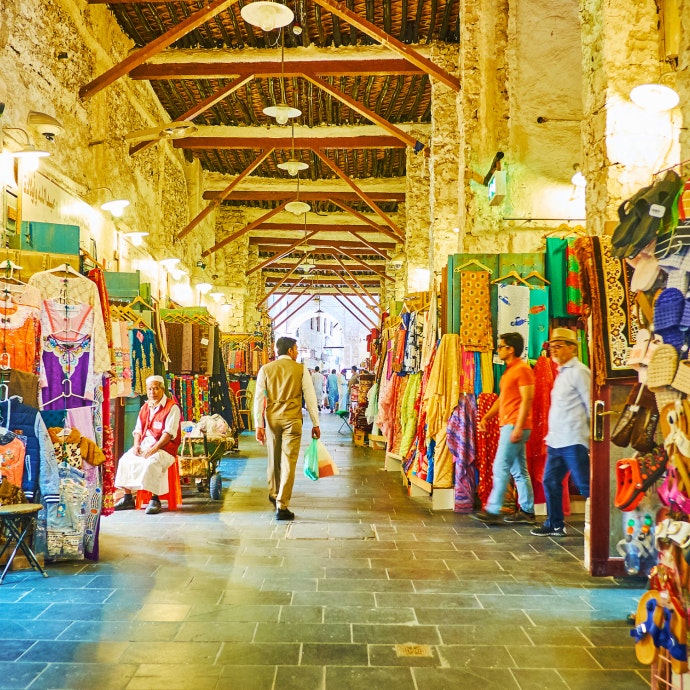
Doha
This vibrant complex is without doubt one of the most atmospheric places to explore in Qatar. Built on an ancient market site, the area remains the social…
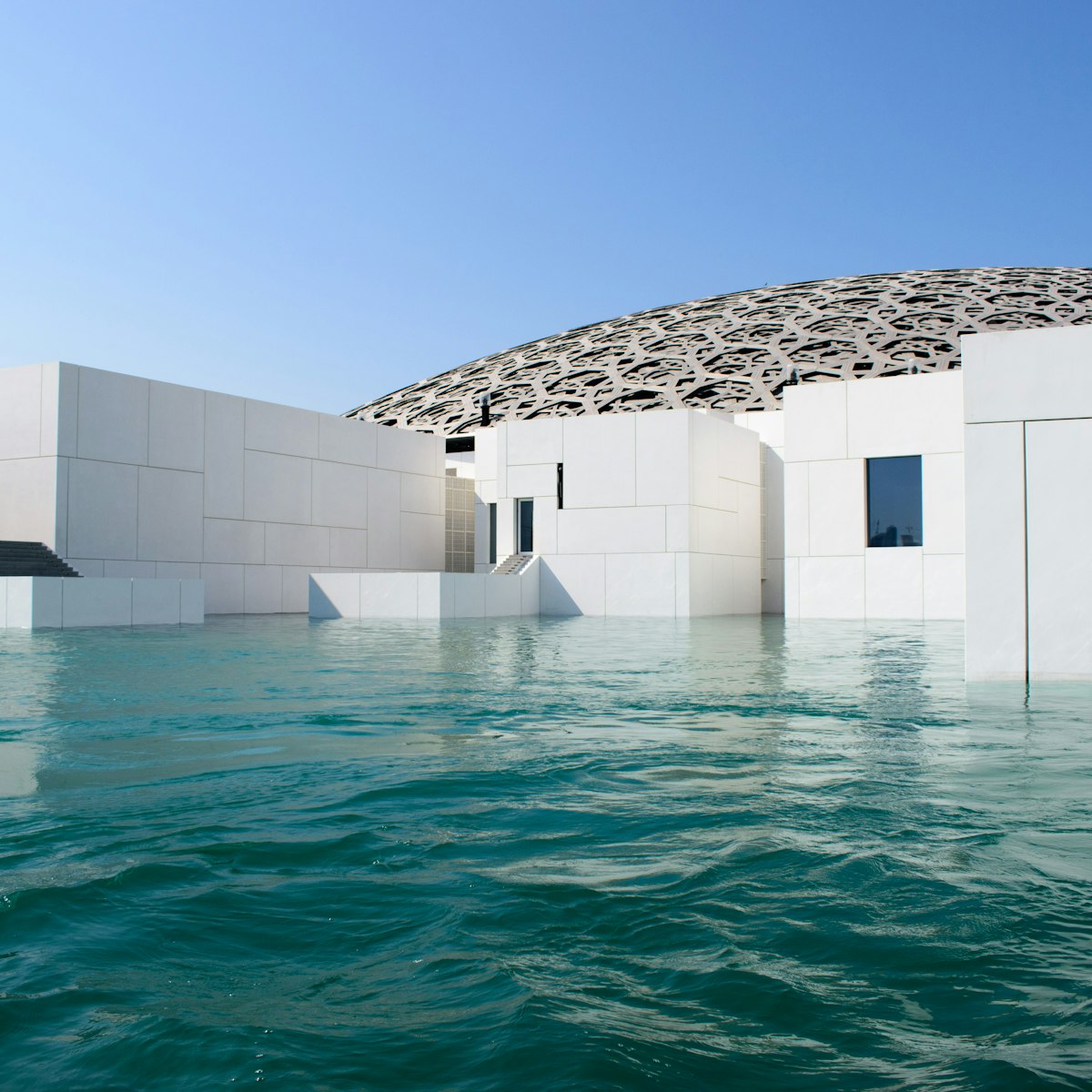
Abu Dhabi
Designed by Pritzker Prize–winning architect Jean Nouvel, the highly anticipated Louvre Abu Dhabi finally arrived in late 2017. Through 12 galleries, the…
Articles
Latest stories from Arabian Peninsula
Filter by interest:
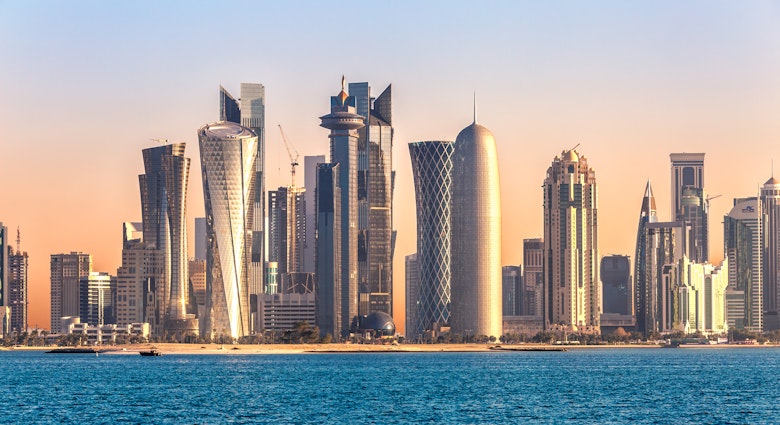
Guidebooks
Purchase our award-winning guidebooks
Get to the heart of Arabian Peninsula with one of our in-depth, award-winning guidebooks, covering maps, itineraries, and expert guidance.
